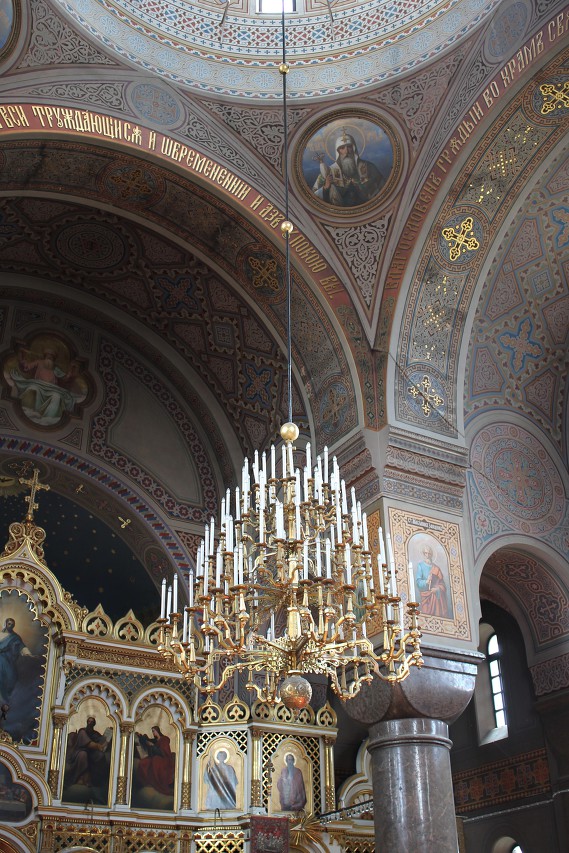Uspenski Cathedral, Helsinki
At the western tip of Katajanokka Island, on a rocky ledge, stands the church of the Assumption of the Blessed Virgin Mary (Uspenskin, Uspenskij-katedralen), the Cathedral of the Helsinki Diocese of the Finnish Archdiocese of the Patriarchate of Constantinople (Finnish Orthodox Church). The first Orthodox Holy Trinity Church in the capital of the Principality of Finland was built in 1827. In 1854, a young priest, Nikolai Popov, who had just graduated from the St. Petersburg Theological Academy, was appointed its rector. By the middle of the nineteenth century, the city was developing rapidly, the population was growing, and the old church could no longer accommodate all the parishioners. The priest turned to the Governor-General F. F. Berg (Friedrich Wilhelm Rembert von Berg), who coordinated the construction with the Synod. He also invited Academician of Architecture Alexey Maksimovich Gornostaev from St. Petersburg to develop the project of the church.
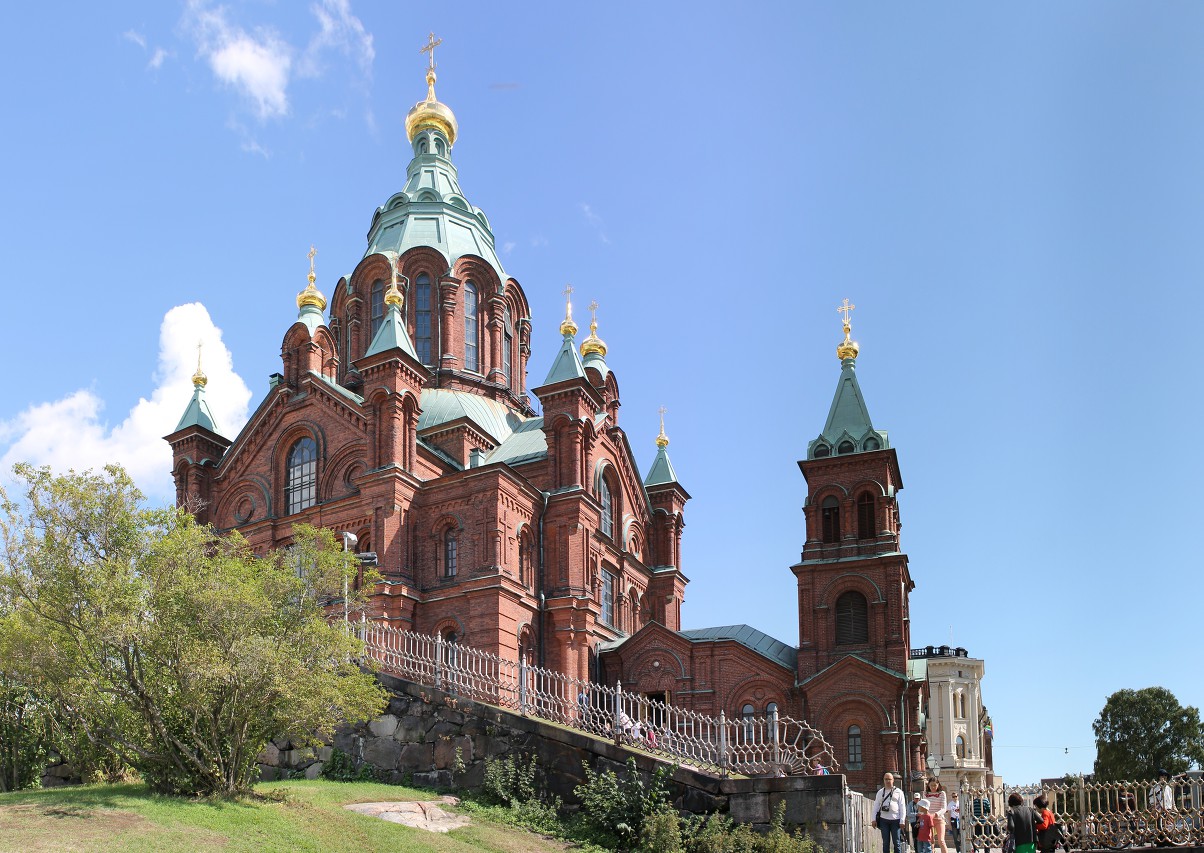
In January 1890, the drawings of the church were approved by Emperor Alexander II, he allocated 20 thousand rubles for the construction and wished that the cathedral be consecrated in the name of the Dormition of the Most Holy Theotokos. 13 thousand were given by the Synod, 20 thousand by the Moscow merchants, but most of the funds were received from voluntary donations in the process of national collection. The total amount of funds spent on construction was 223 thousand rubles. The solemn laying of the foundation stone of the cathedral took place on August 15, 1862 in the presence of members of the royal family. In December of the same year, Academician Gornostaev died, and the construction was headed by Academician of Architecture Ivan Alexandrovich Varnek, who practically did not make any changes to the original project. Construction lasted for 6 years, and the consecration took place on October 25, 1868. The church is built of red brick taken from the ruins of the Bomarsund fortress in the Aland Islands, destroyed by the Anglo-French Navy in 1854. In the appearance of the building, you can see the style of Russian wooden churches of the 14th century and the features of the white-stone church in Kolomenskoye near Moscow, built in the 16th century. The total height of the structure from the foundation is 51 meters. It is the largest Orthodox church in Northern Europe.
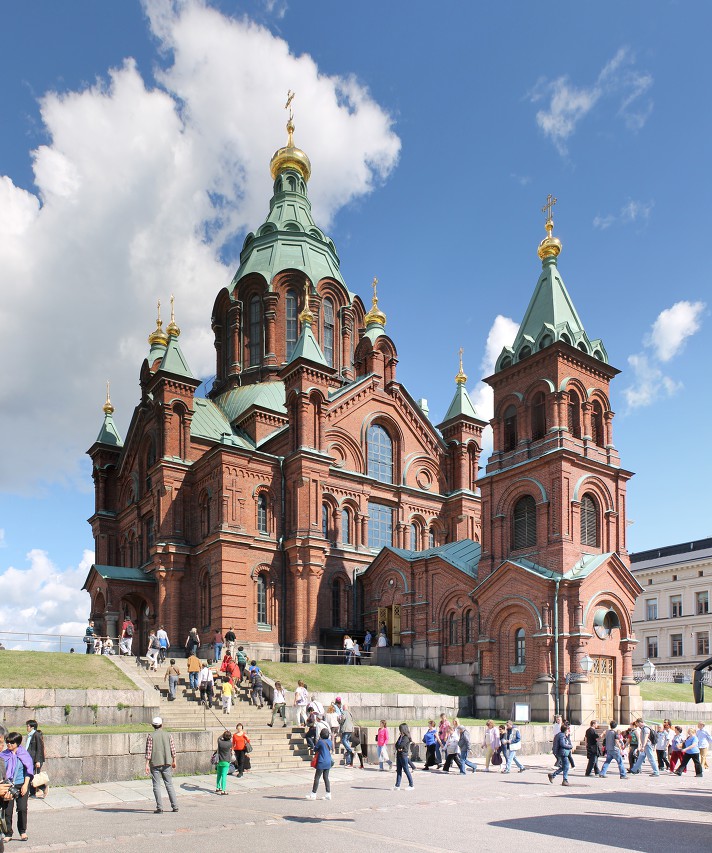
The interior of the cathedral is lined with gray marble and frescoed in the Byzantine spirit with a large number of polychrome ornaments and gilding. Thanks to the large windows, the room is very bright.
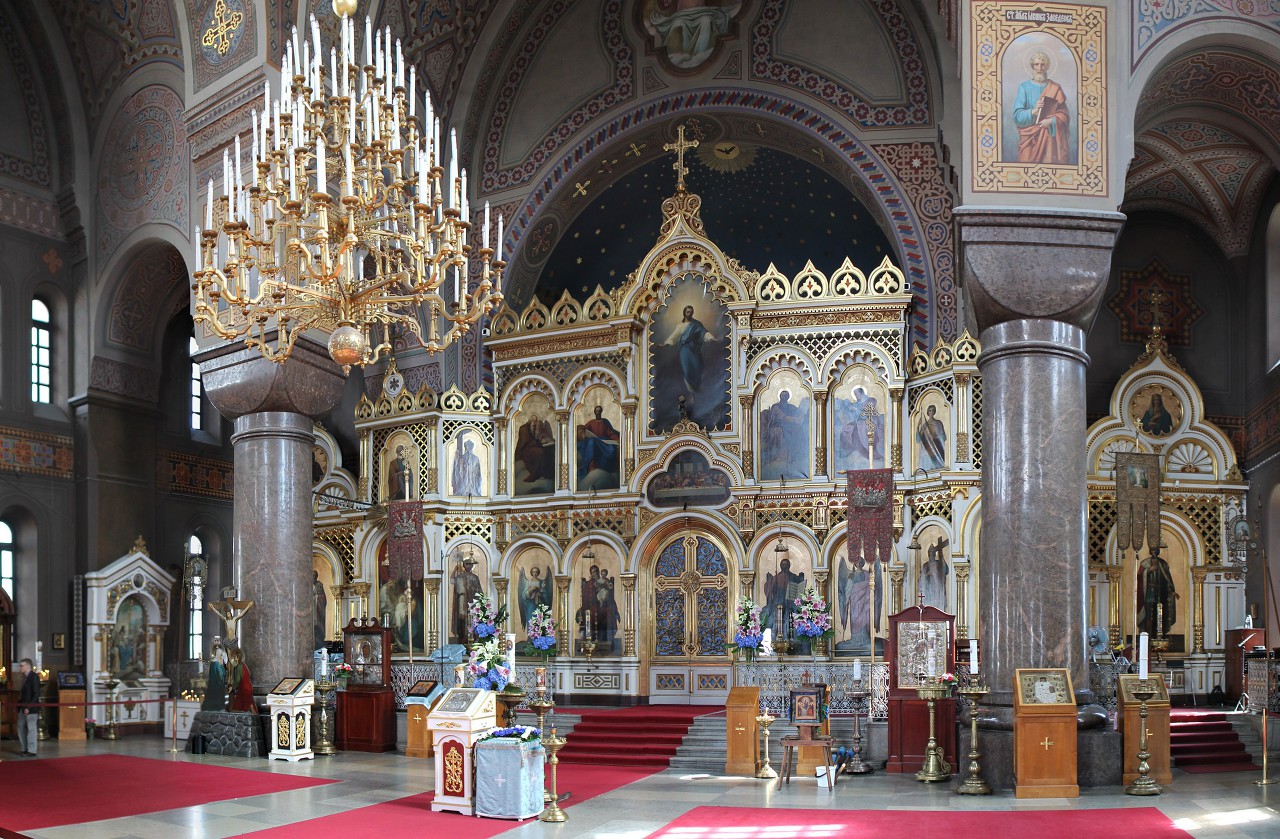
The cathedral's altar was designed by Pavel Savich Shiltsov, an academician of the Imperial Academy of Arts. In contrast to the Byzantine school typical of Orthodox churches, the icons are made in the Renaissance style.
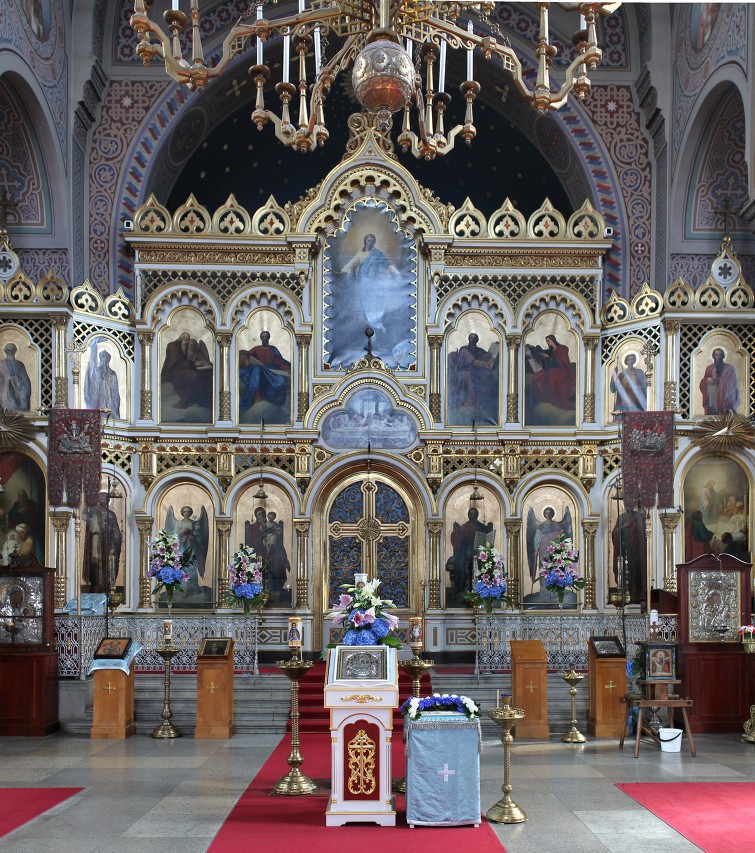
The cathedral houses several rare icons. The most famous of them is the Kozelshchansky Icon of the Mother of God.In June 2010, it was stolen. The kidnappers were interested in gold jewelry and precious stones that were located in the glazed frame of the icon. Apparently, the kidnapper was tormented by conscience and in February 2011, he reported where she was buried in Turku. The icon of St. Nicholas the Wonderworker was not so lucky: it was stolen on August 16, 2007, in broad daylight in a cathedral filled with tourists. To this day, there is no news of her whereabouts.
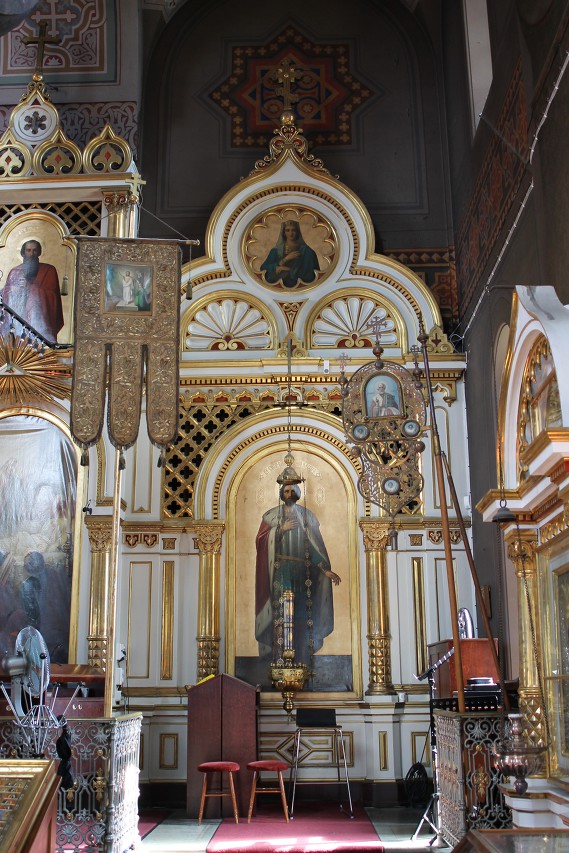
The Assumption Cathedral is one of the most visited sites in Helsinki, with more than half a million tourists visiting every year. The cathedral is open from 9:30 to 19:00, on weekends until 15:00. In winter, the cathedral is closed on Mondays. Admission is free.
